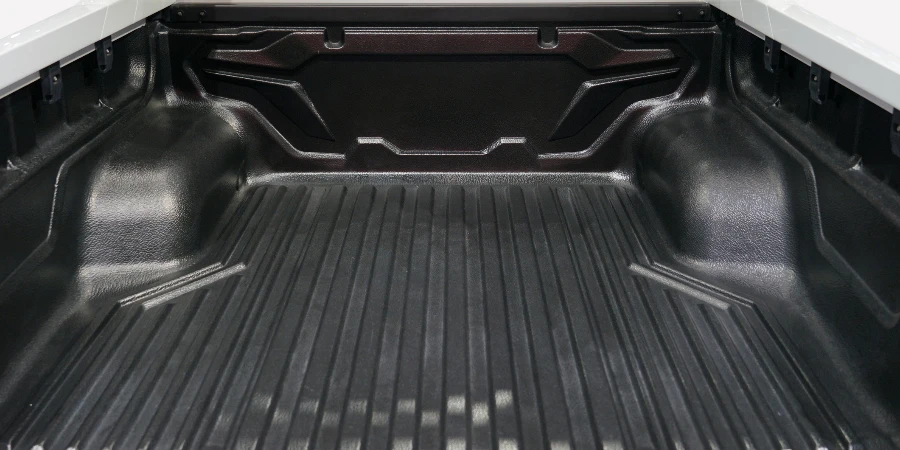Introduction: Truck beds are the heart of any pickup, serving not just as a cargo space but as a versatile tool enhancing the vehicle’s utility. Understanding the nuances of truck beds, from their types to maintenance, can significantly impact your truck’s performance and functionality. This guide offers an in-depth look at truck beds, covering essential aspects to help you make informed decisions about your pickup.
Table of Contents:
– What is a truck bed?
– What does a truck bed do?
– How to choose a truck bed
– How long do truck beds last?
– How to replace a truck bed
– How much are truck beds?
What is a truck bed?
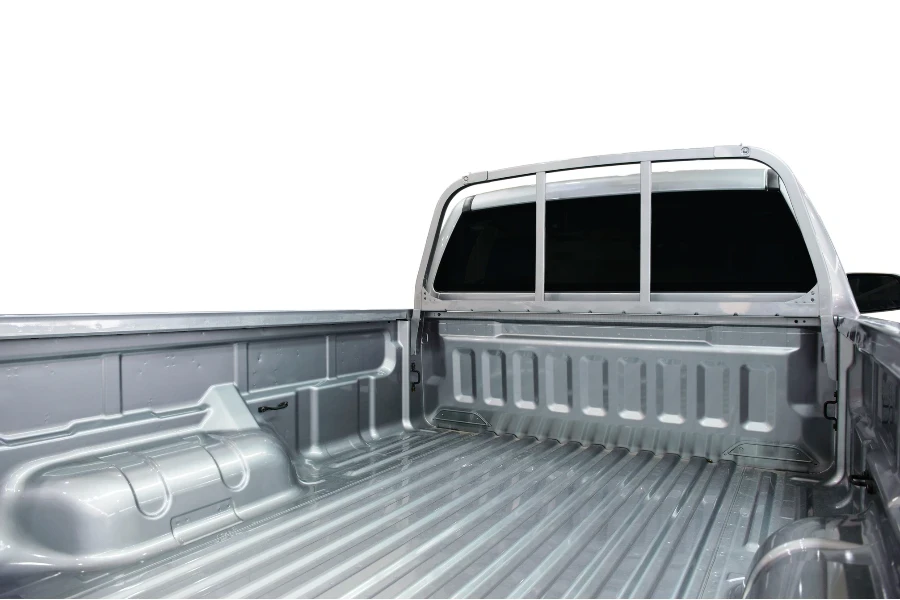
A truck bed, simply put, is the flat area at the rear of a pickup truck, designed for hauling cargo. It’s a defining feature of pickups, distinguishing them from other vehicle types. Truck beds are constructed from various materials, including steel, aluminum, and composite plastics, each offering unique benefits in terms of weight, durability, and resistance to elements like rust and corrosion. The design of a truck bed is not uniform; it varies significantly across different models and makes, with differences in length, width, depth, and the presence of additional features like tie-down hooks and bed liners.
What does a truck bed do?
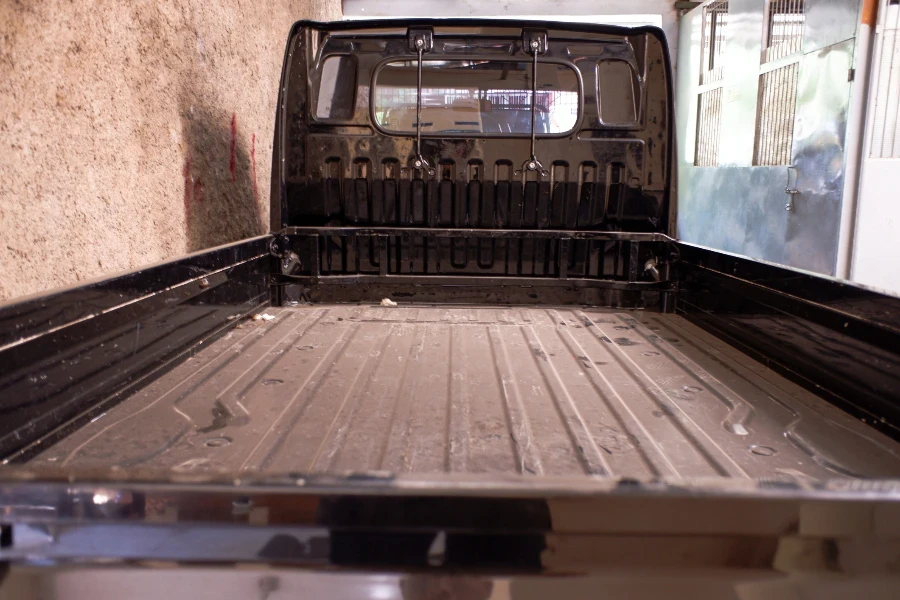
The primary function of a truck bed is to transport goods, equipment, and materials. Its open design allows for the accommodation of larger items that wouldn’t fit in a closed vehicle compartment. Beyond mere cargo hauling, truck beds are increasingly designed with versatility in mind, featuring modular storage systems, integrated power supplies, and weatherproof covers to enhance their utility. Some truck beds even come with built-in toolboxes, extending their functionality to a mobile workshop. This versatility makes the truck bed an essential tool for professionals and enthusiasts alike, from construction workers to outdoor adventurers.
How to choose a truck bed
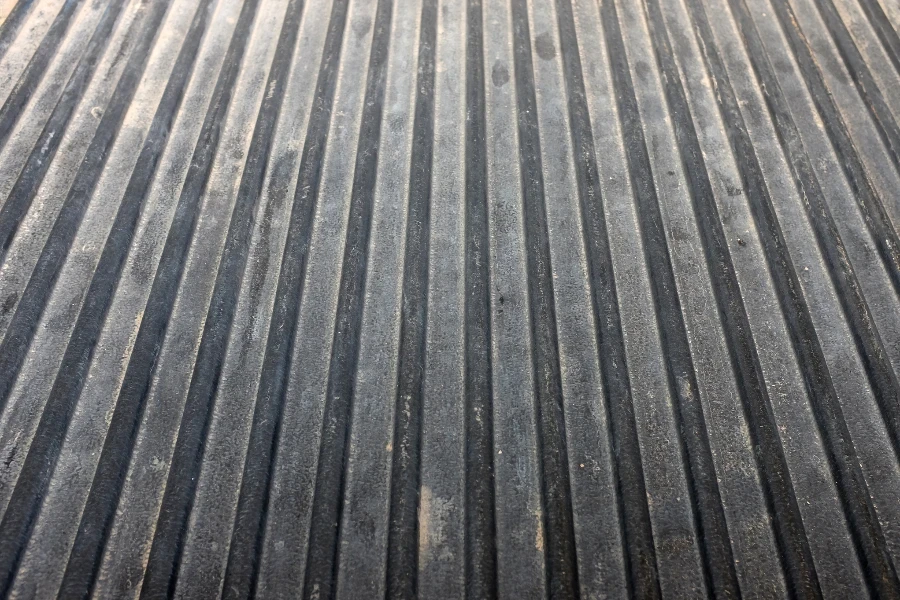
Choosing the right truck bed depends on your specific needs and the type of cargo you plan to transport. Consider the size and weight of your typical load, the materials you’ll be hauling, and how you plan to use your truck. For heavy-duty use, a steel bed might be preferable for its strength and durability, while an aluminum bed can offer a lighter alternative with good resistance to corrosion. The length of the bed is another crucial factor; longer beds can accommodate more or larger items, but they can also make the truck more challenging to maneuver in tight spaces. Additionally, look for features that match your needs, such as built-in storage, tie-down points, and bed liners that protect the truck bed from damage.
How long do truck beds last?
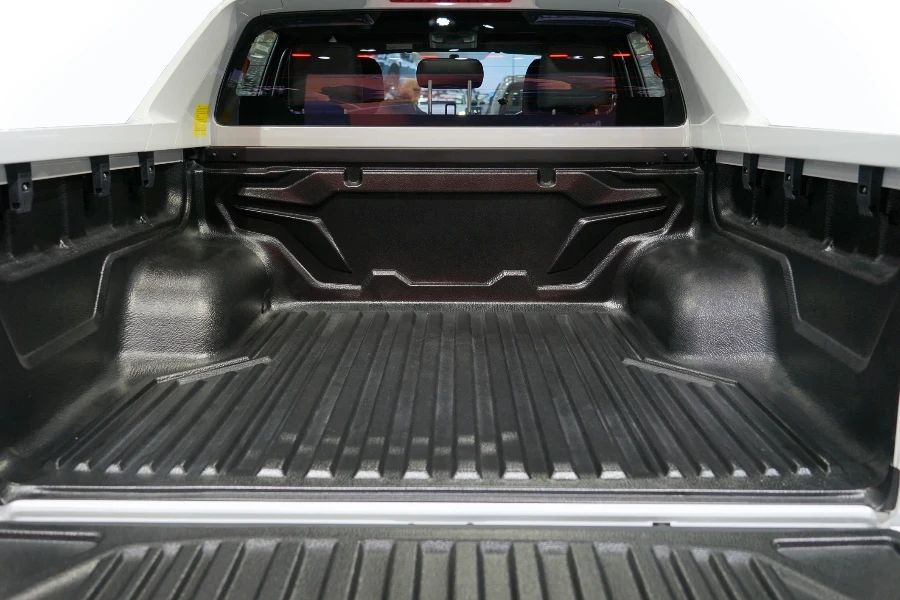
The lifespan of a truck bed varies depending on the material, usage, and maintenance. Steel beds are robust and durable but can be susceptible to rust over time, especially if not properly maintained. Aluminum beds offer excellent longevity and resistance to corrosion, making them a popular choice for those in harsh climates or coastal areas. Composite beds, made from plastics and other materials, resist dents and rust but can be prone to UV damage if not adequately protected. With regular maintenance, including cleaning and applying protective coatings, a truck bed can last the lifetime of the vehicle.
How to replace a truck bed

Replacing a truck bed is a considerable task that requires preparation and precision. It typically involves unbolting the damaged bed from the frame, disconnecting any electrical connections for lights and accessories, and lifting the bed off the truck. This process can require special tools and equipment, such as a hoist or several strong helpers. Installing the new bed involves reversing this process, carefully aligning the new bed with the frame, and securing it with bolts. It’s crucial to ensure all electrical connections are reestablished correctly. For those not comfortable with such a task, professional installation is recommended.
How much are truck beds?
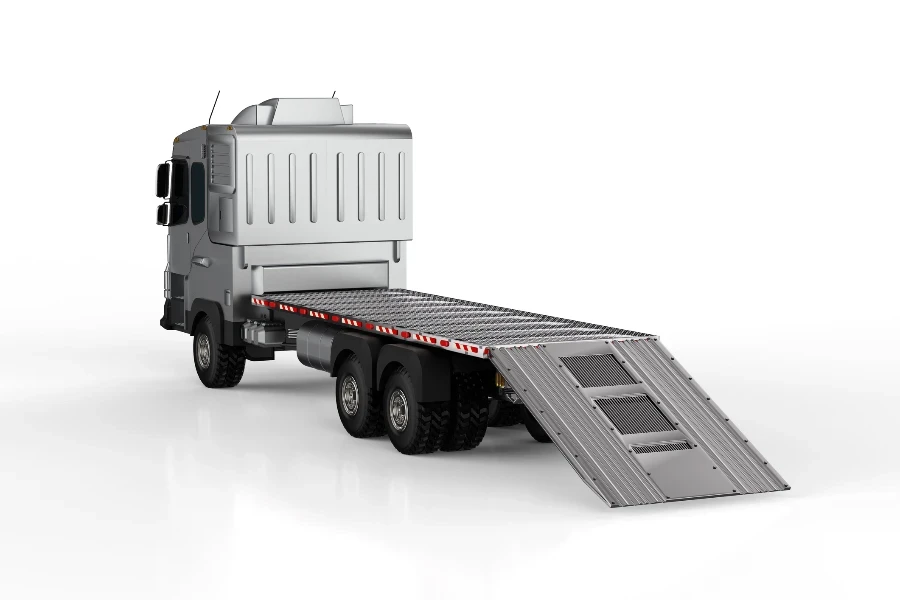
The cost of a truck bed varies widely based on the material, size, and any additional features. Basic steel beds might start at a few hundred dollars for smaller models, while high-end aluminum or composite beds with advanced features can cost several thousand dollars. The price can also increase with the addition of custom liners, toolboxes, and other accessories designed to enhance the bed’s utility and protection. When considering a replacement or upgrade, factor in the cost of installation, which can add significantly to the overall expense if professional help is required.
Conclusion:
Truck beds are a pivotal component of any pickup, offering versatility, functionality, and the capability to transport a wide variety of cargo. Understanding the different types of truck beds, their functions, and how to maintain and replace them can significantly enhance your truck’s utility and lifespan. Whether you’re hauling equipment for work, gear for a weekend adventure, or anything in between, choosing the right truck bed and keeping it in good condition is essential for maximizing your truck’s potential.
